Perhaps not many people know that the remote Bahnar village gave birth to an artistic talent - the person who brought the gong instrument to the world, further glorifying the cultural traditions of his people: Meritorious Artist Thao Giang...
Thao Giang's real name is Thao Nhech, born in 1940, the fifth child of a Bahnar family. Thao Nhech's childhood was soon associated with the upheavals of the times.
Being the place where the revolutionary fire was first kindled, Po Dau village was moved by the French colonialists to Ha Ra for easier monitoring and control. Here, Thao Nhech was able to study for a short time at the village school, taught by a French teacher, enough to know the Bahnar script and a little French. In 1952, enlightened by the revolution, the young Thao Nhech left his family to join the local resistance art troupe...
In 1954, the Geneva Agreement was signed, Thao Nhech was the only member of the art troupe that gathered in the North. After 4 years of studying hard at the Central Ethnic Cadre School, in 1959 Thao Nhech was assigned to work at the Tay Nguyen Song and Dance Troupe with artists Siu Ken, Kpa Pui, H'Ben, Siu Phich... Here he gave himself a new name to replace the difficult name Thao Nhech: Thao Giang - meaning "heavenly grass".
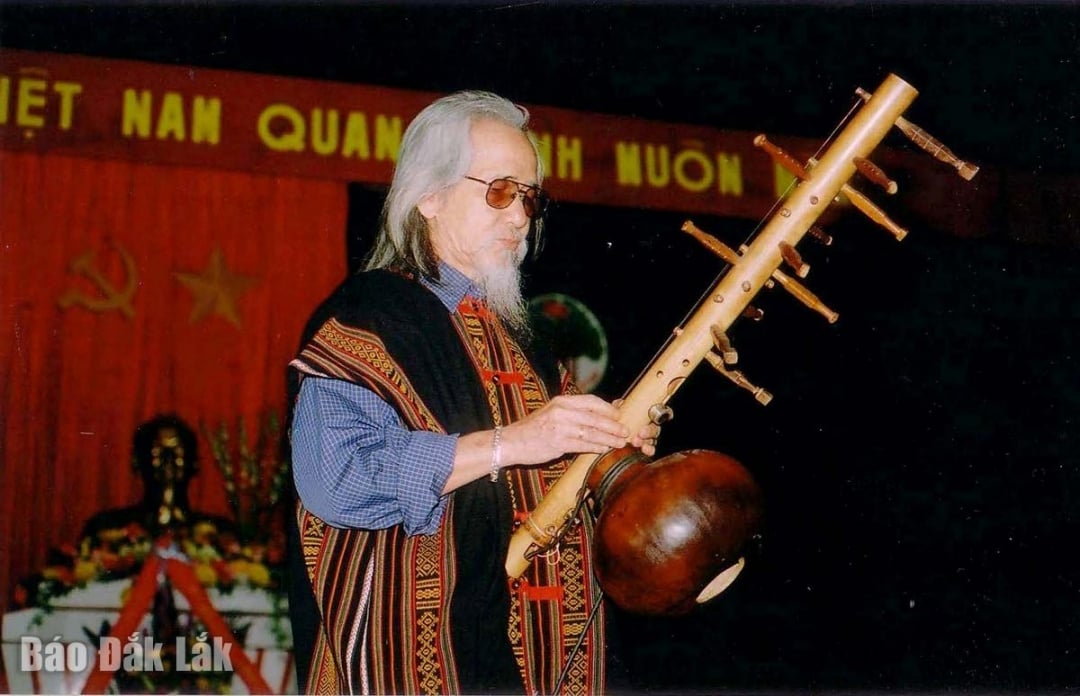 |
| Artist Thao Giang performed the gong during her lifetime. |
The US imperialists escalated the war to the North, and the troupe's artistic work also followed the wartime rhythm. Thao Giang and his fellow artists were everywhere: factories, construction sites, battlefields... The most sacred and complete memories of this period that will last throughout his life are the occasions when he performed for Uncle Ho. During the times he performed for Uncle Ho, listening to Uncle Ho's advice, he realized that: the people's art treasure is an inexhaustible source for artists. Creativity can only achieve lasting vitality when it is rooted in that endless source of the people...
In 1974, Thao Giang and a number of artists went to B to serve the battlefield. It was not until 1975 that the South was completely liberated that they returned to Hanoi. After performing in the Soviet Union and some Eastern European countries, in 1977, together with the leading artists of the Central Highlands, Thao Giang returned to Gia Lai - the land where she was born and raised after a long journey of 23 years of longing...
Just like science, the pinnacle of creativity in art is sometimes just a matter of luck. The case of Thao Giang and the gong is the same...
According to Thao Giang's recollections, around the end of 1977 he returned to visit his village. On that night filled with childhood memories, he suddenly heard the sound of a gong after more than 20 years!
Until now, people still do not know exactly which ethnic group made this instrument. We only know that almost every ethnic group in the Central Highlands uses the gong instrument, the only difference being the number of strings.
The gong is not used in festivals. Perhaps due to the limited sound, the people of the Central Highlands only use it in daily cultural activities. In Po Dau village, when she was very young, Thao Giang saw someone playing the gong...
The instrument has only 8 strings but contains a whole world of sounds: sometimes it is the chirping of birds, the babbling of streams at dawn; sometimes it is the sigh of the wild wind at dusk; sometimes suddenly a fireball of the gong ensemble at its most sublime... That is why people still call gong the instrument of love! The magic of the simple instrument, Thao Giang just now suddenly realized. He quietly brought a piece of the instrument home to study...
 |
| Gong dance. |
Also in 1977, Thao Giang returned to teach at the Tay Nguyen School of Culture and Arts... In 1980, the National Music and Dance Festival was held in Hanoi. Here, a solo performance with an unfamiliar instrument appeared for the first time before the public of the capital and from the very first minutes, the audience and the jury were captivated. The performance won the Gold Medal. The performer of that "unfamiliar" instrument was Thao Giang...
It turned out that for three whole years, Thao Giang had been working hard to research the instrument. The traditional gong only had 8 strings, so it could only play simple songs with weak sound. He researched and improved it to 14 strings, and attached a microphone to the resonance chamber. The improved gong could play complex songs and meet the requirements of performing in front of a large audience...
Thao Giang has brought the gong to perform in Korea, Taiwan, Thailand... Everywhere he went, he was warmly welcomed. The funny thing is that in Taiwan, not believing in the magical sound of the gong, an audience met him to check... if he was hiding a cassette on his person!
In 1995, Thao Giang officially introduced the goong into the curriculum for students of Gia Lai School of Culture and Arts, in addition to his specialty, the t'rung, and wrote the textbooks for these two instruments himself. Among his students, four became famous for playing the goong: Duc Dau (Phu Dong Art Troupe), Ngoc Anh (Nha Trang City Cultural House), La Y Xang (son of musician Kpa Y Lang) and Khac Phu (Dam San Art Troupe). As a difficult instrument to use, the goong - as nicknamed "the love instrument" - requires the player, in addition to talent, to have a soul that knows how to listen to the sound of love. Art is inherently "more precious than quality", the above students are enough to make Thao Giang proud of the cultural identity of the ethnic groups of the Central Highlands to the domestic and international public...
Thao Giang is also the only person to date who has composed music for the gong. There have been dozens of works composed, of which 4 works performed by him have won Gold Medals in national professional art festivals, namely “The Village Elder’s Tale”, “Return to the Village”, “On the Road to the Fields”, “Return to Childhood”.
Now artist Thao Giang has passed away, but his contributions to the gong are not forgotten by anyone in the art world. Looking back on more than half a century of dedication to art, the greatest happiness of his life is that his name is associated with the gong - the instrument of love with many melodies...
Source: https://baodaklak.vn/van-hoa-du-lich-van-hoc-nghe-thuat/202504/nghe-si-thao-giang-va-cay-dan-tinh-yeu-c1a17c5/


![[Photo] Prime Minister Pham Minh Chinh meets with General Secretary and President of China Xi Jinping](https://vstatic.vietnam.vn/vietnam/resource/IMAGE/2025/4/14/893f1141468a49e29fb42607a670b174)
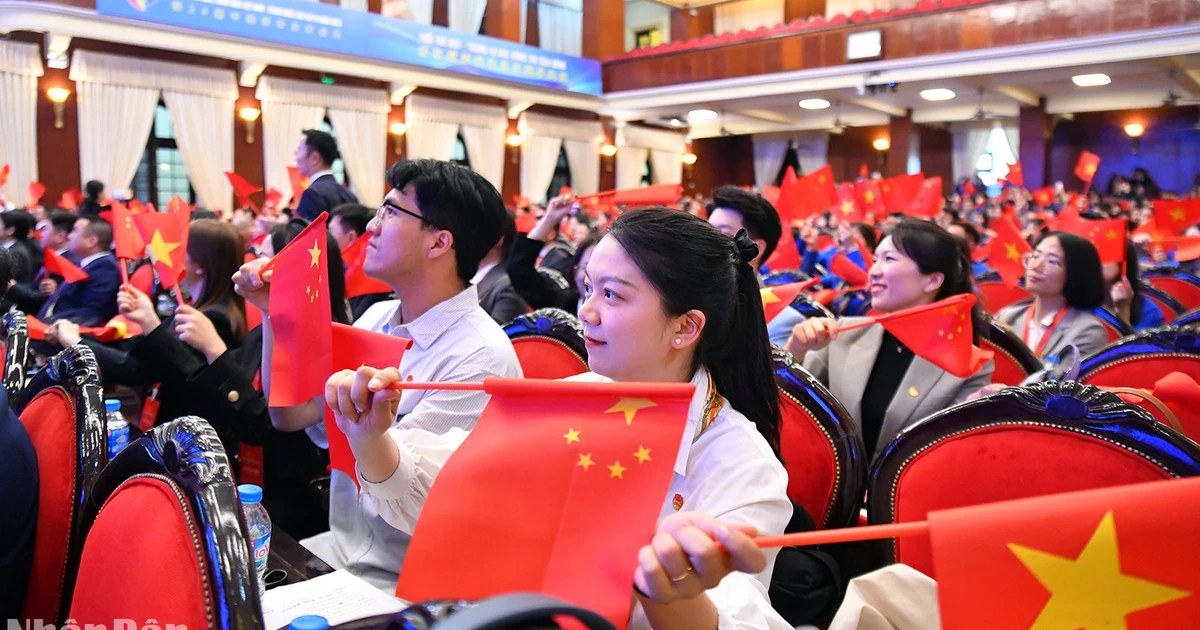
![[Photo] Reception to welcome General Secretary and President of China Xi Jinping](https://vstatic.vietnam.vn/vietnam/resource/IMAGE/2025/4/14/9afa04a20e6441ca971f6f6b0c904ec2)

![[Photo] General Secretary To Lam holds talks with General Secretary and President of China Xi Jinping](https://vstatic.vietnam.vn/vietnam/resource/IMAGE/2025/4/14/b3d07714dc6b4831833b48e0385d75c1)
![[Photo] National Assembly Chairman Tran Thanh Man meets with General Secretary and President of China Xi Jinping](https://vstatic.vietnam.vn/vietnam/resource/IMAGE/2025/4/14/4e8fab54da744230b54598eff0070485)
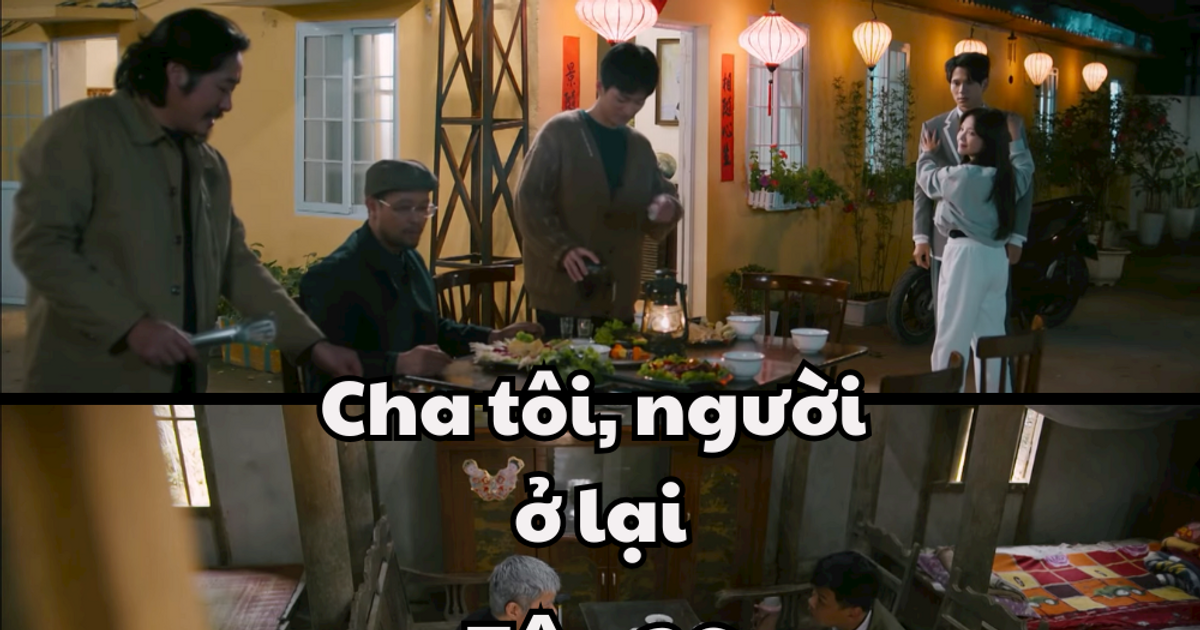


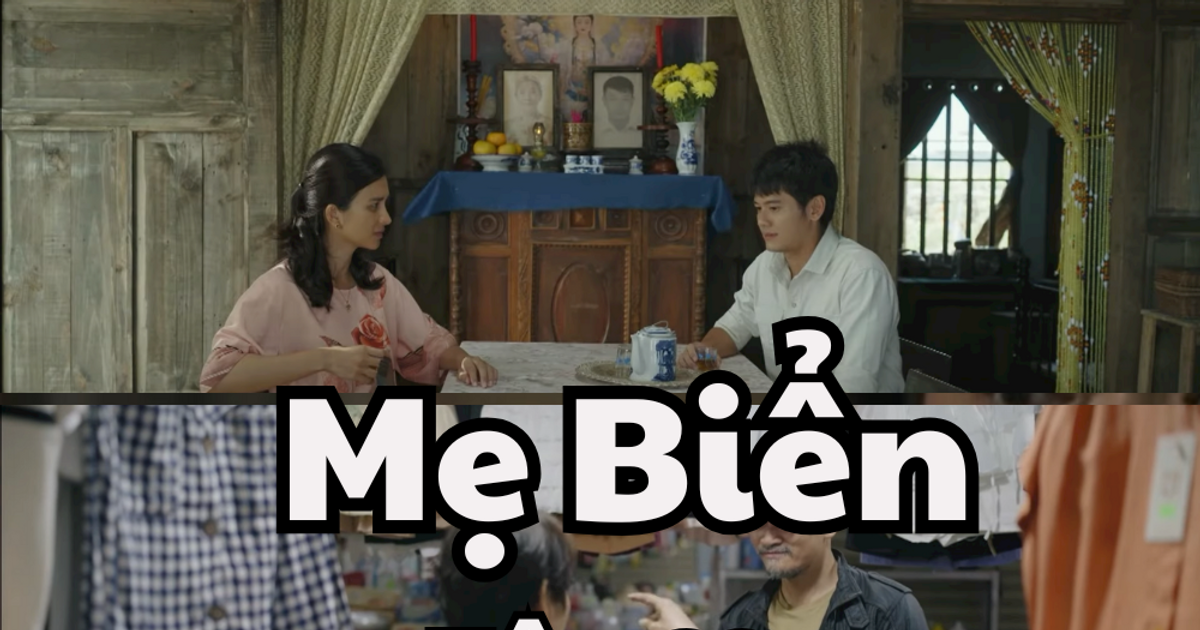

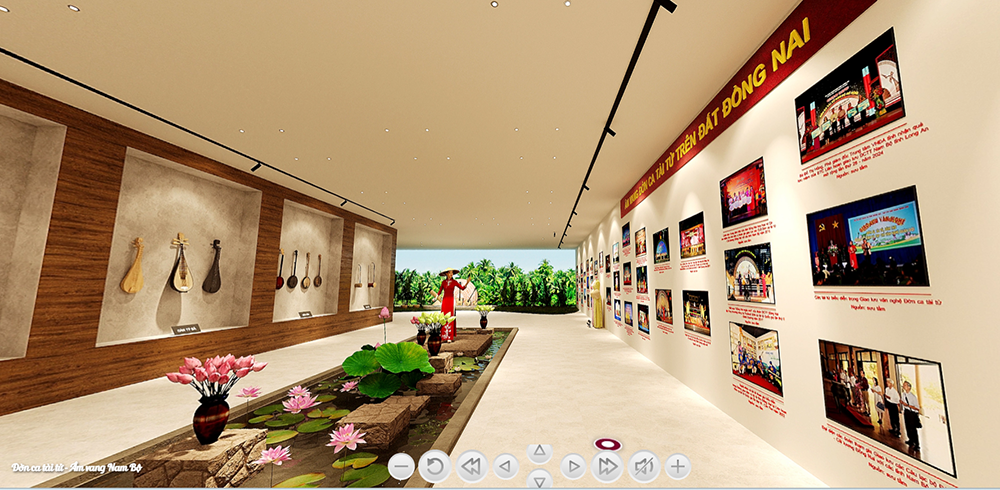
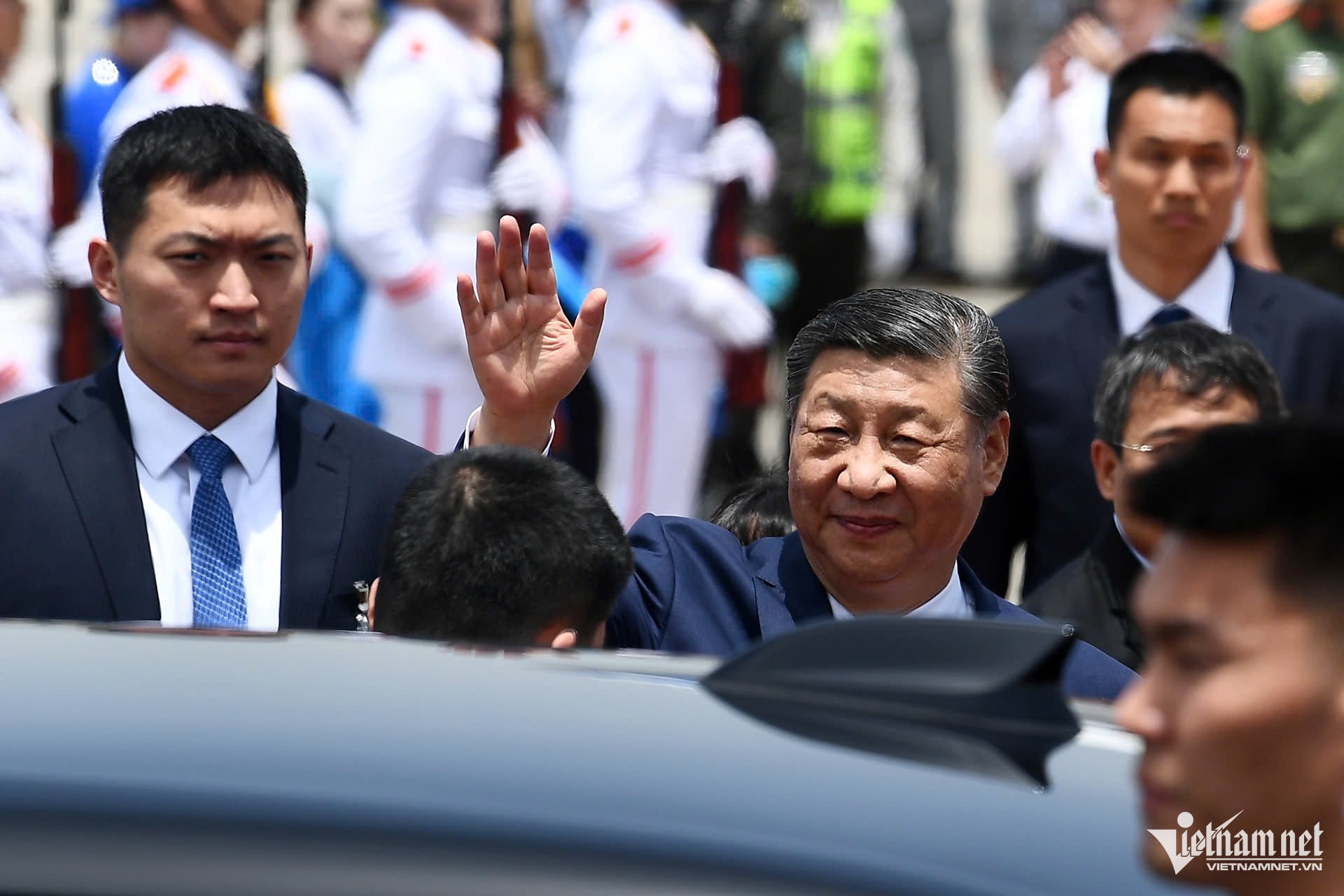
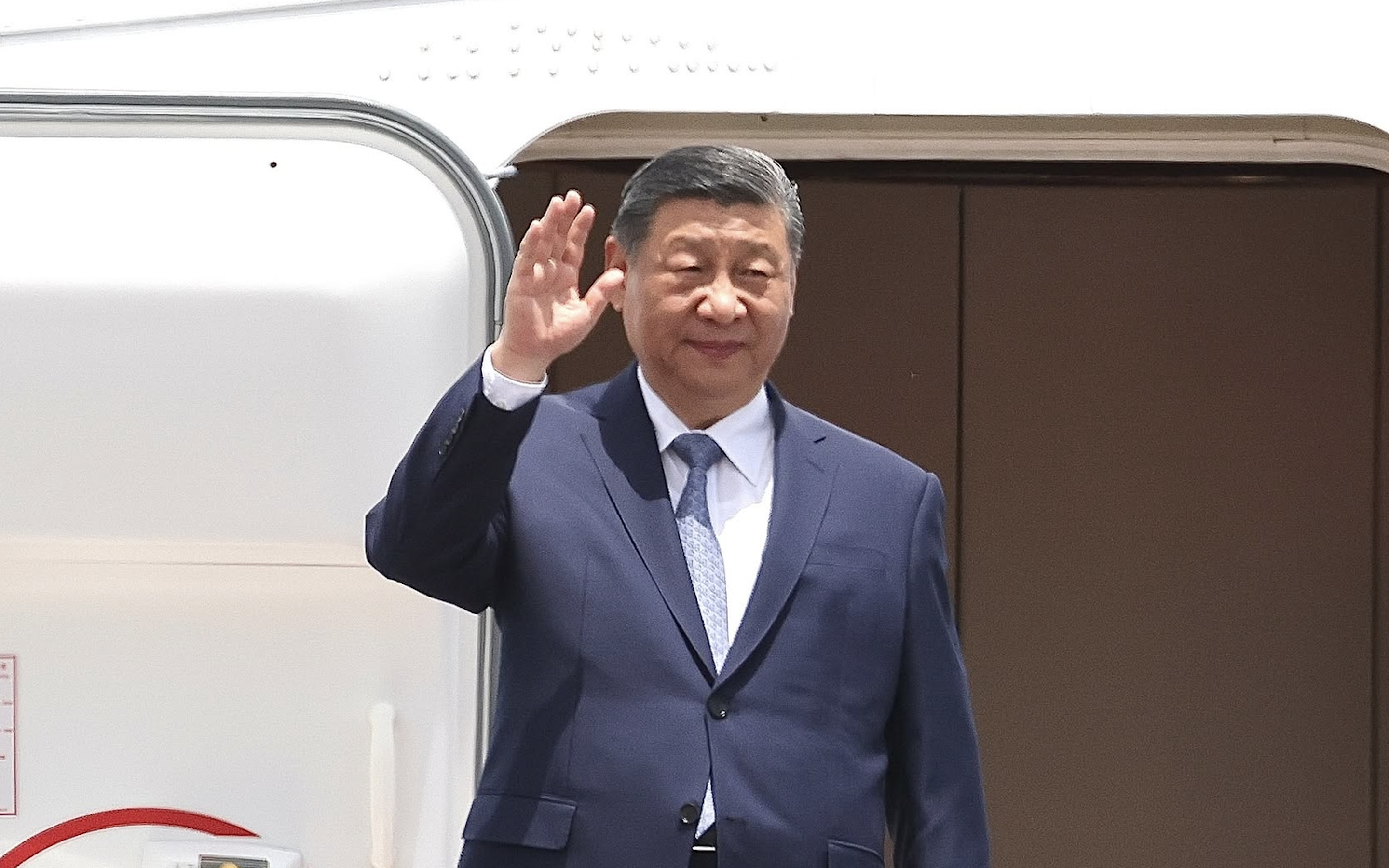








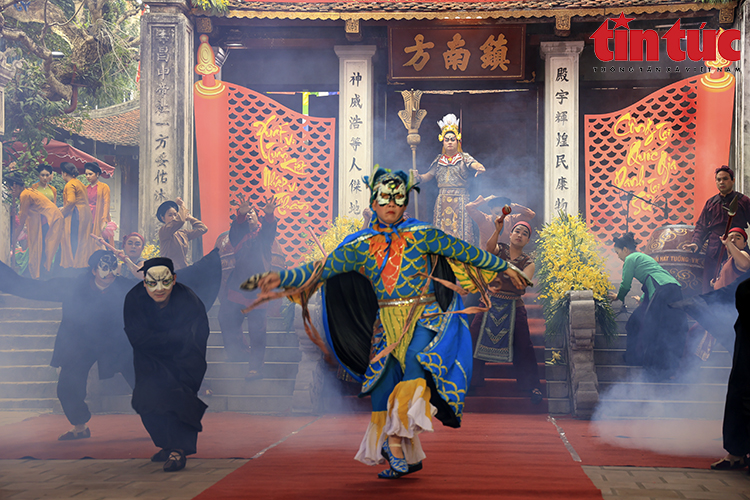

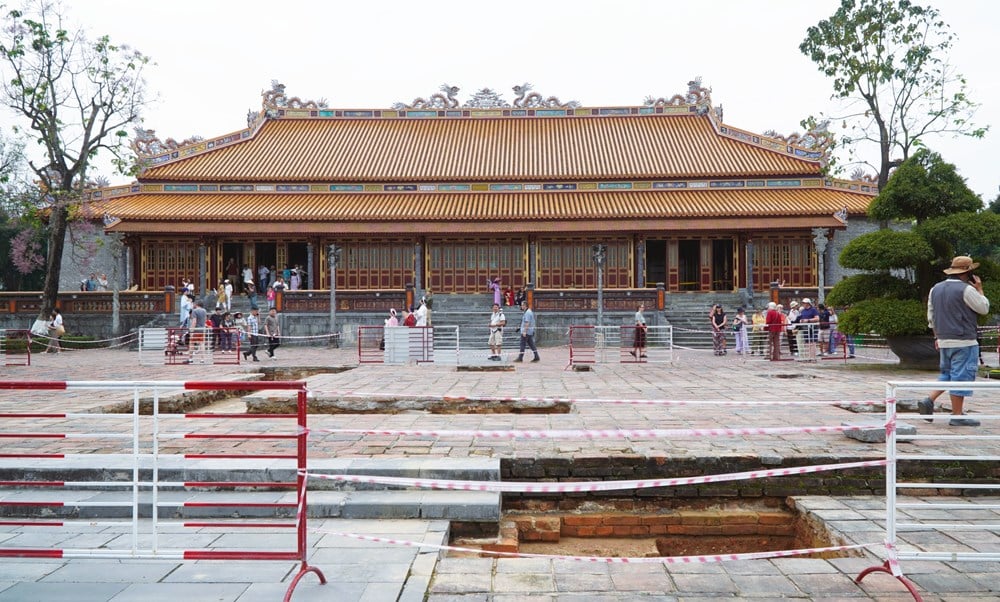

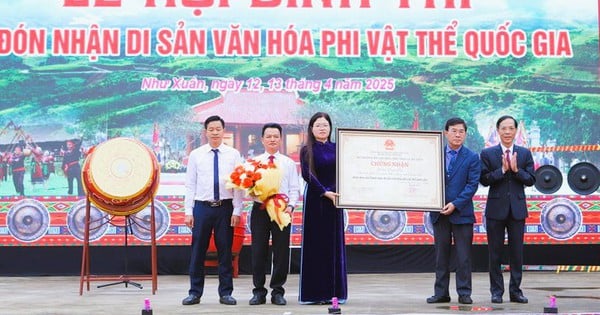


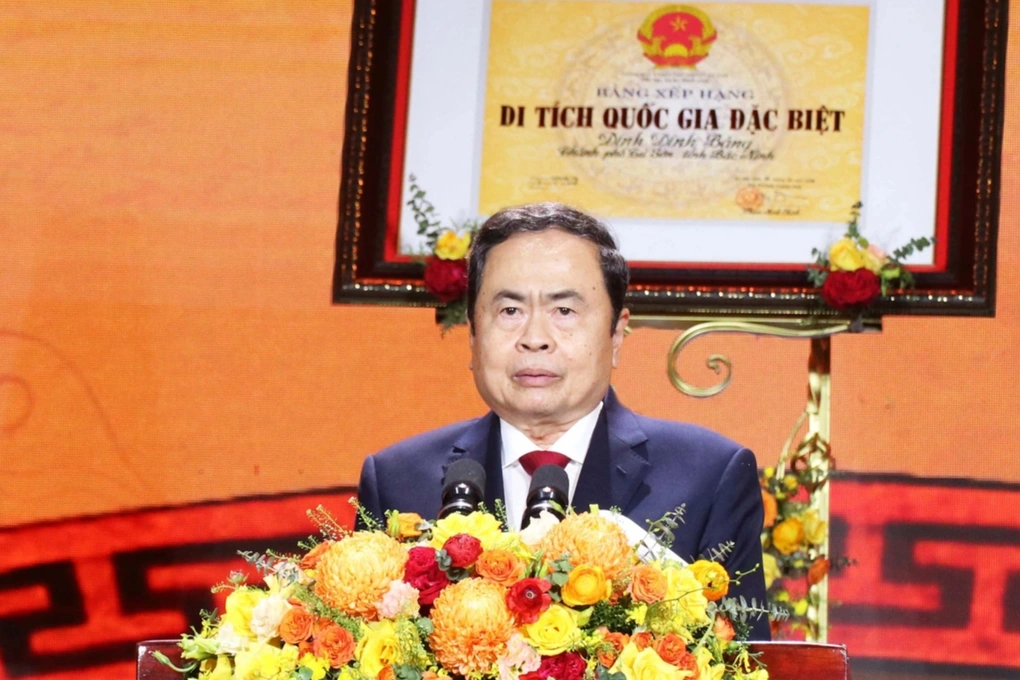

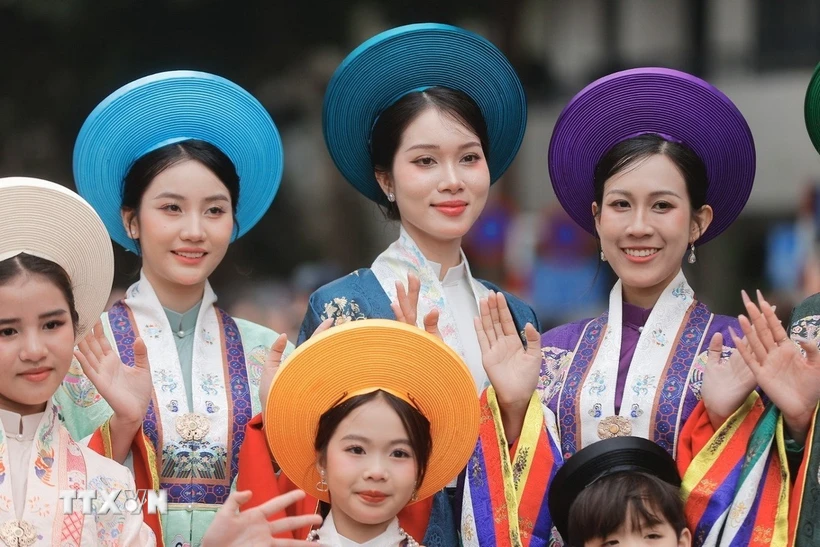

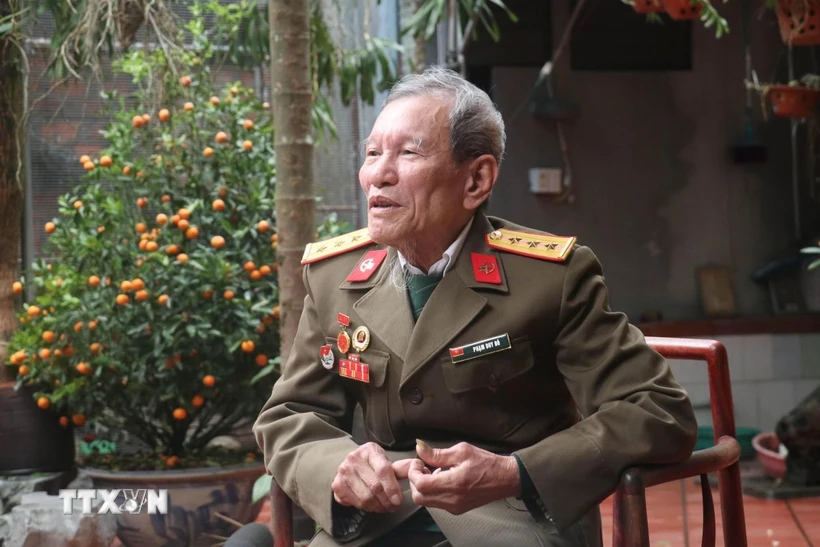




















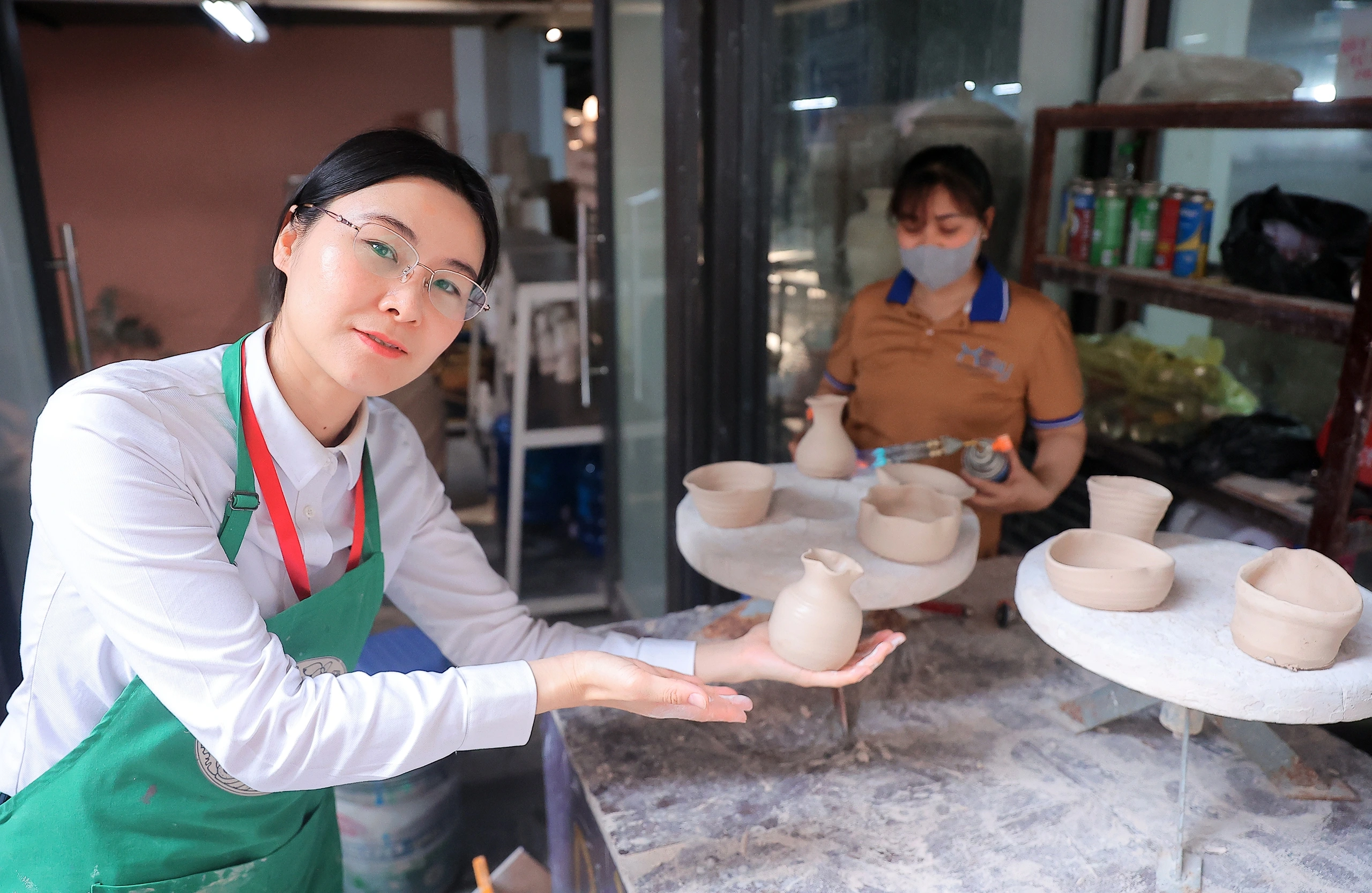


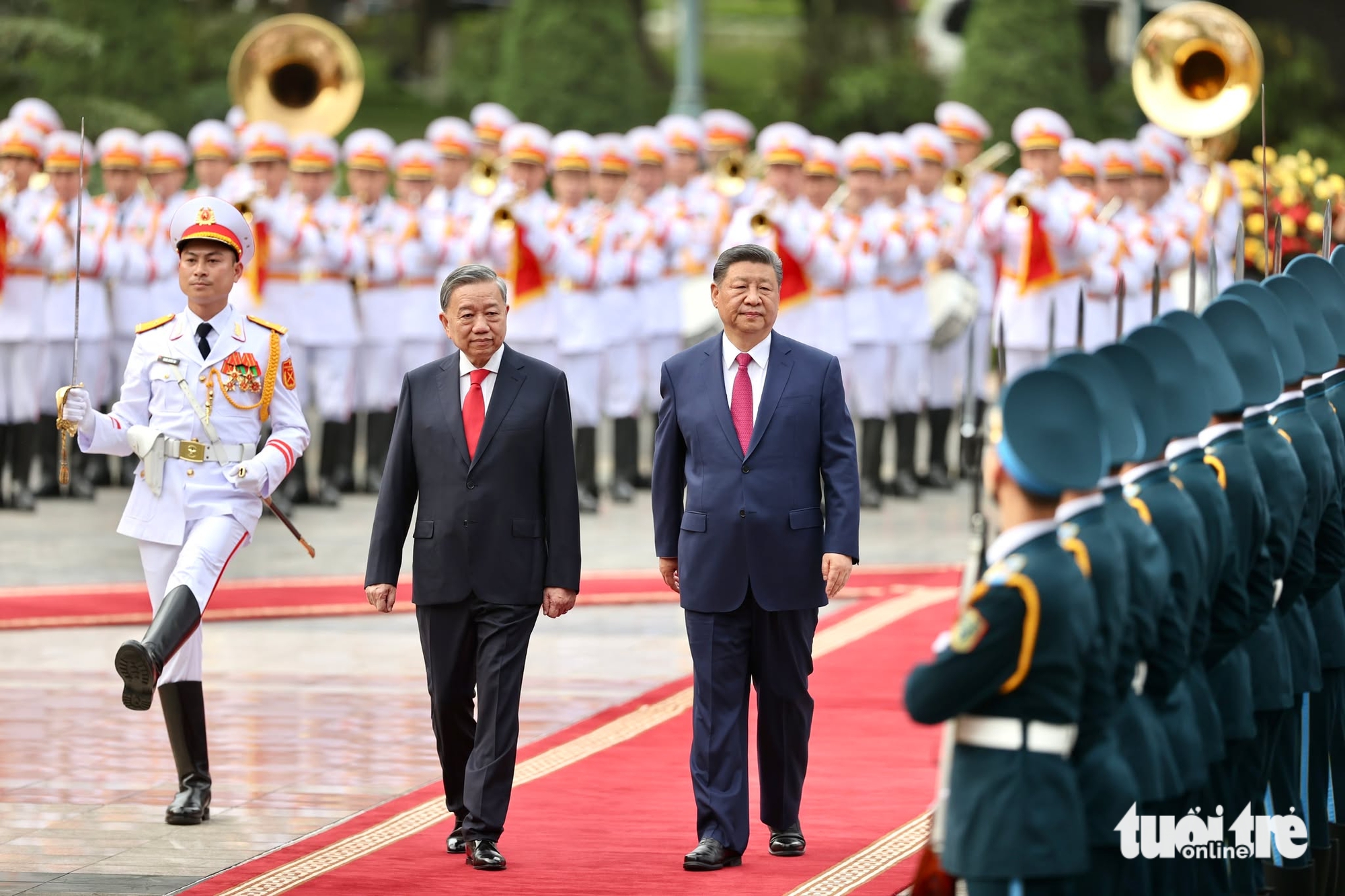


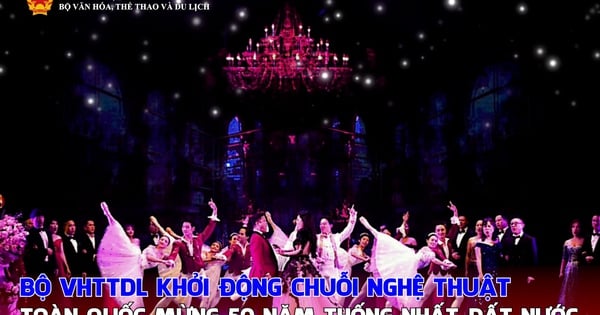

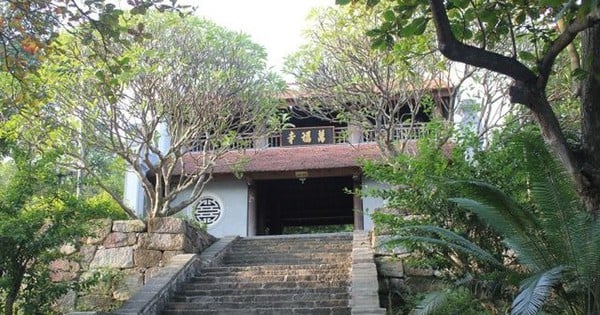
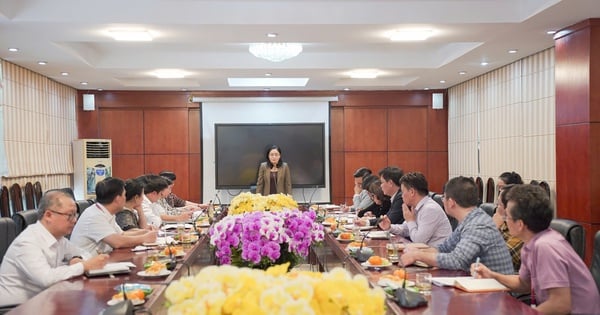

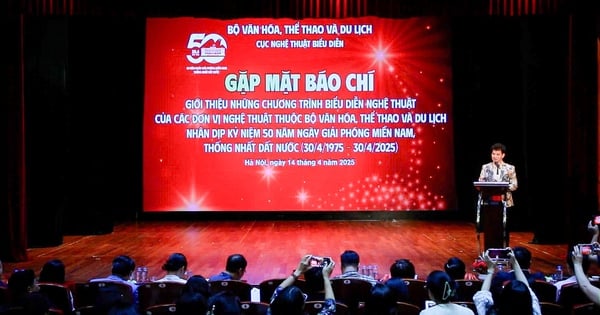


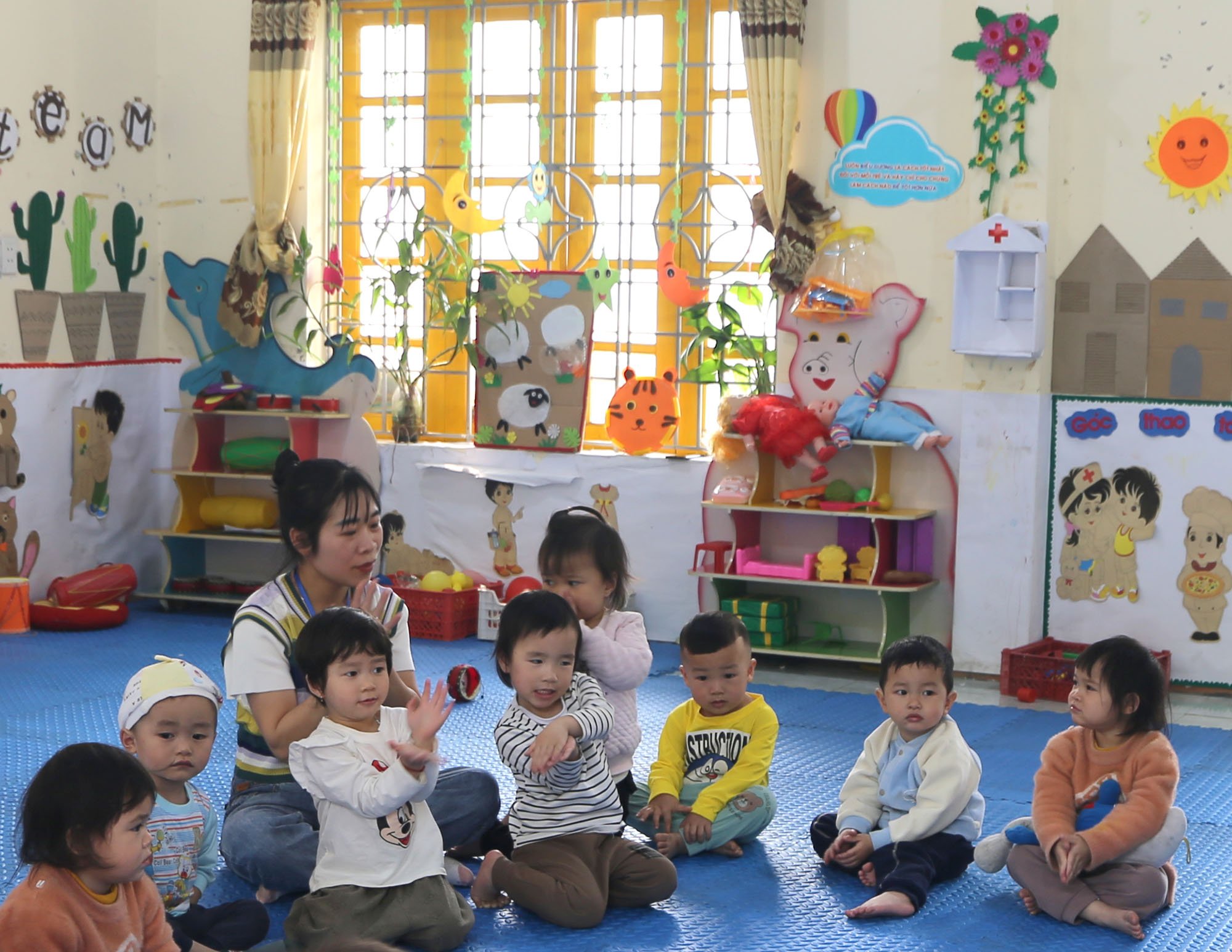

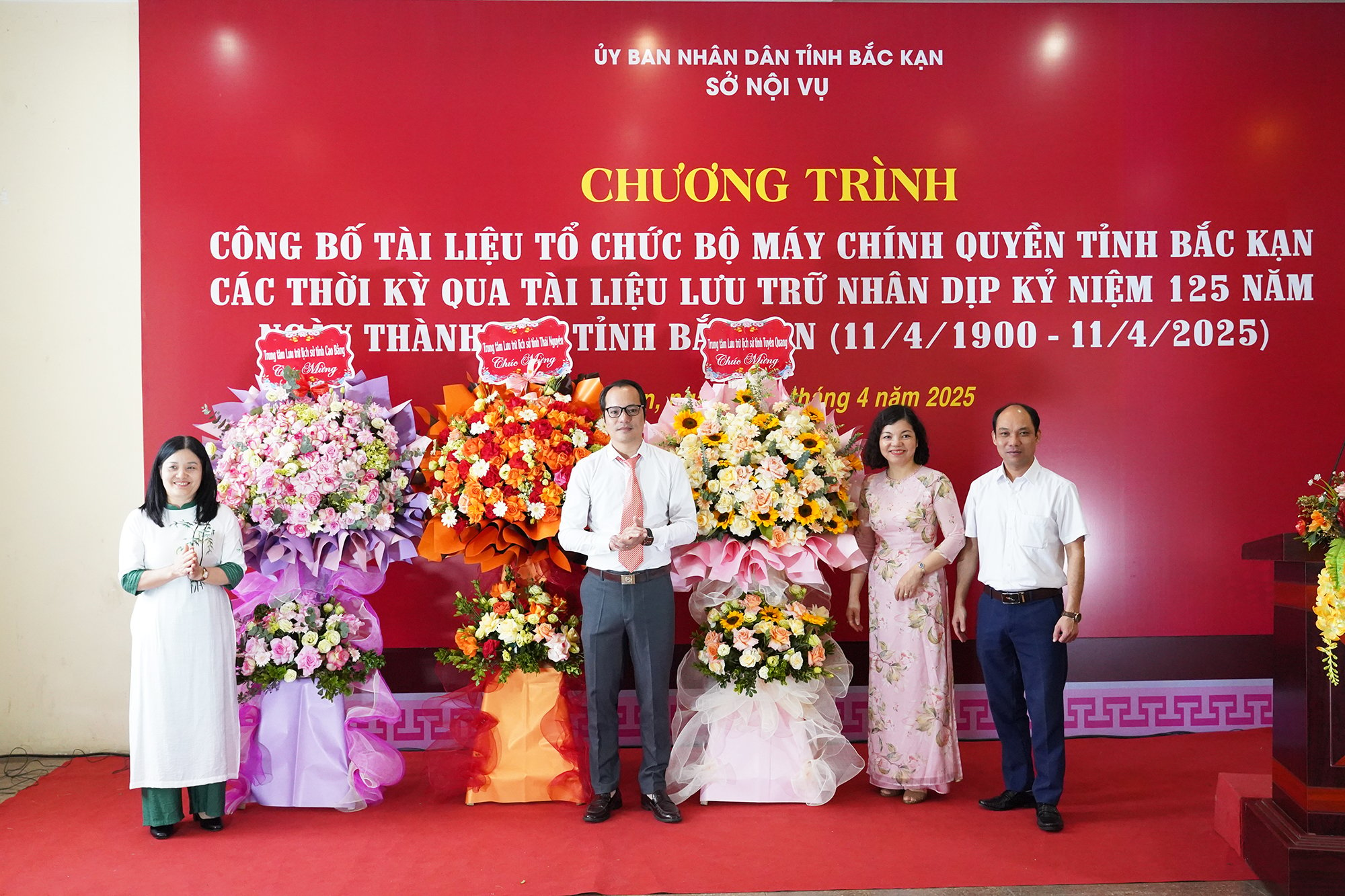
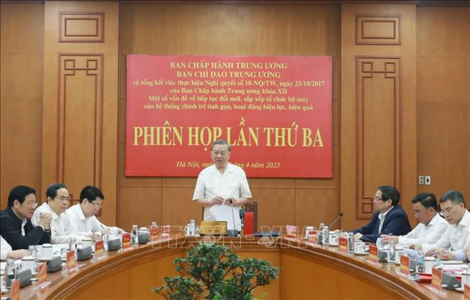


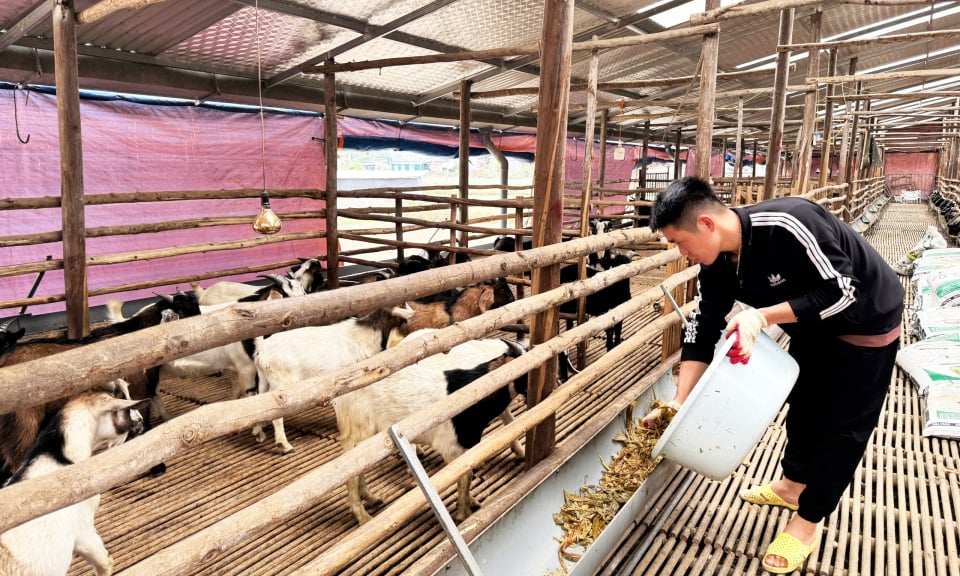









Comment (0)